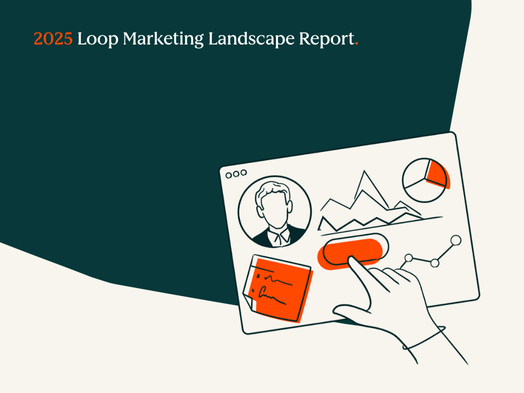By Maria Geokezas Chief Operating Officer at Heinz Marketing
One of the fastest ways to a CFO’s heart is through data-driven forecasting. For CMOs championing new GTM initiatives, being able to forecast pipeline and revenue with accuracy – and tie marketing spend directly to those future outcomes – is paramount. CFOs, as stewards of financial stability, value a sure thing. They’re more likely to back marketing investments if the CMO can show, with data-driven confidence, “Here’s what we expect in return, and here’s why you can trust these numbers.”
Why Data-Driven Forecasting Matters (Especially to CFOs)
Forecasting is traditionally a sales domain, but in modern revenue operations, CMOs are just as accountable for predicting pipeline and revenue contribution. For CFOs, the marketing forecast is a key input to financial planning – yet it’s often viewed with skepticism if based on gut feel or optimistic assumptions. In fact, studies show fewer than 20% of sales organizations have a forecast accuracy of 75% or greater, and less than half of sales leaders have high confidence in their forecasts. If sales – with its direct line to revenue – struggles with forecasting accuracy, marketing’s projections can be even more fraught. This uncertainty is why CFOs sometimes earn the nickname “CF-No” when faced with big marketing budget asks; if the ROI and revenue can’t be forecasted with confidence, their default is to pull back funding.

Adopting a data-driven forecasting approach directly addresses this concern. Rather than basing pipeline projections on educated guesses and experience, data-driven CMOs use empirical evidence and models. They look at historical conversion rates at each stage, sales cycle lengths, average deal values, and lead volumes to calculate what future pipeline and revenue will be if certain investments are made. They incorporate benchmark metrics – for example, if marketing spend is increased by 10%, what has been the historical lift in pipeline? If lead quality improves via better targeting (see my post from last month), how might that raise the lead-to-opportunity conversion rate? These data points form the basis of a predictive model that can forecast outcomes in a language the CFO trusts: numbers.
Leverage Sales Velocity and Pipeline Metrics to Predict Revenue
To get a solid read on future pipeline and revenue, we encourage CMOs to borrow a few metrics that traditionally live with sales or revenue ops—especially sales velocity. It’s one of the best ways to understand how quickly you’re turning opportunities into revenue. We’ve even built a simple Sales Pipeline Velocity Calculator to help with this.
The formula’s straightforward:
Sales velocity = (Opportunities × Deal Size × Win Rate) ÷ Sales Cycle.
Why does this matter for marketing? Because every one of those inputs is something marketing can influence directly.
- Number of opportunities: Marketing drives the top of the funnel. Better targeting and more effective campaigns (as described in my post from last month) can increase the count of quality opportunities entering the pipeline.
- Win rate: Improved lead qualification and nurturing means by the time leads get to sales, they are warmer and better fit, which can improve close ratios.
- Deal size: Marketing can target larger enterprise prospects or craft value messaging that encourages bigger purchases, influencing average deal value.
- Sales cycle length: Marketing’s enablement content and multi-threading with buying groups can accelerate deal timelines by addressing buyer questions earlier.
By analyzing these factors, a CMO can predict how tweaks in strategy translate to revenue. For instance, if an upcoming account-based campaign will focus on higher-value accounts, you might anticipate average deal size to rise. If you’re implementing a new lead nurturing program, perhaps win rates will tick up. Using our Pipeline Velocity Calculator provides a framework to turn marketing inputs into an expected revenue output and support true data-driven rationale that the CFO can trust.
The conversation would go something like:
“We plan to generate 30 qualified opportunities next quarter via Campaign X. Given our historical win rate of 25% and average deal size of $40k, that’s roughly $300k in potential revenue. With our current sales cycle (~3 months), most of that would close by Q2. Here’s how those figures roll up into our revenue forecast.”
For CMOs looking to gain CFO confidence and budget approval, reliable forecasting is key. This post introduces sales velocity as a simple yet powerful starting point for building data-driven revenue projections that tie marketing activity directly to financial outcomes.
In my next post, we’ll build on this foundation with additional forecasting tools, conversion benchmarks, and ways to package marketing performance in CFO-friendly terms. If you have any advice or tips on how to have these conversations with your finance partners, please submit them here.
Image provided by Freepik.
The post Data-Driven Forecasting and Budget Justification – A CMO’s Guide to Speaking CFO Language (Part 1) appeared first on Heinz Marketing.



